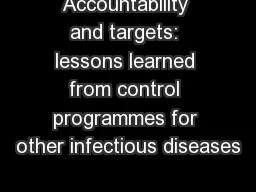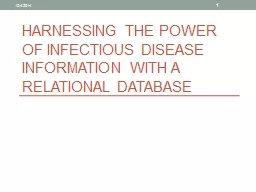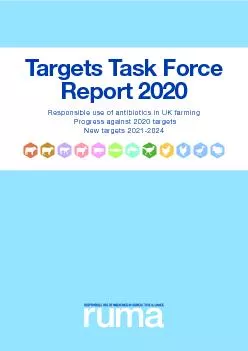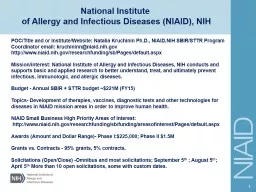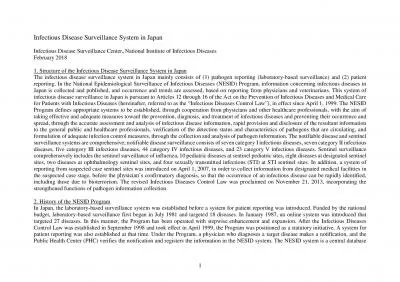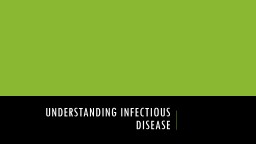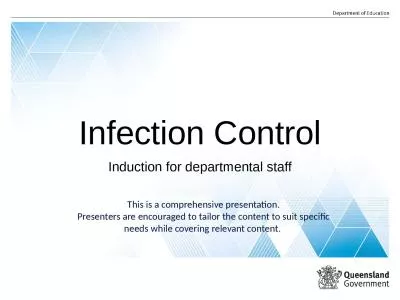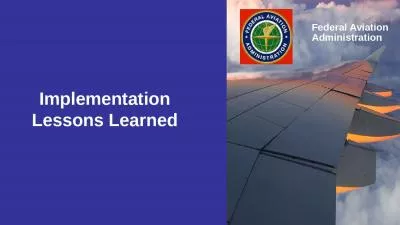PPT-Accountability and targets: lessons learned from control programmes for other infectious
Author : tatiana-dople | Published Date : 2018-12-26
Richard Hayes London School of Hygiene amp Tropical Medicine Outline of Presentation Brief overview of control efforts and targets Malaria Leprosy HIV Learning
Presentation Embed Code
Download Presentation
Download Presentation The PPT/PDF document "Accountability and targets: lessons lear..." is the property of its rightful owner. Permission is granted to download and print the materials on this website for personal, non-commercial use only, and to display it on your personal computer provided you do not modify the materials and that you retain all copyright notices contained in the materials. By downloading content from our website, you accept the terms of this agreement.
Accountability and targets: lessons learned from control programmes for other infectious: Transcript
Download Rules Of Document
"Accountability and targets: lessons learned from control programmes for other infectious"The content belongs to its owner. You may download and print it for personal use, without modification, and keep all copyright notices. By downloading, you agree to these terms.
Related Documents

